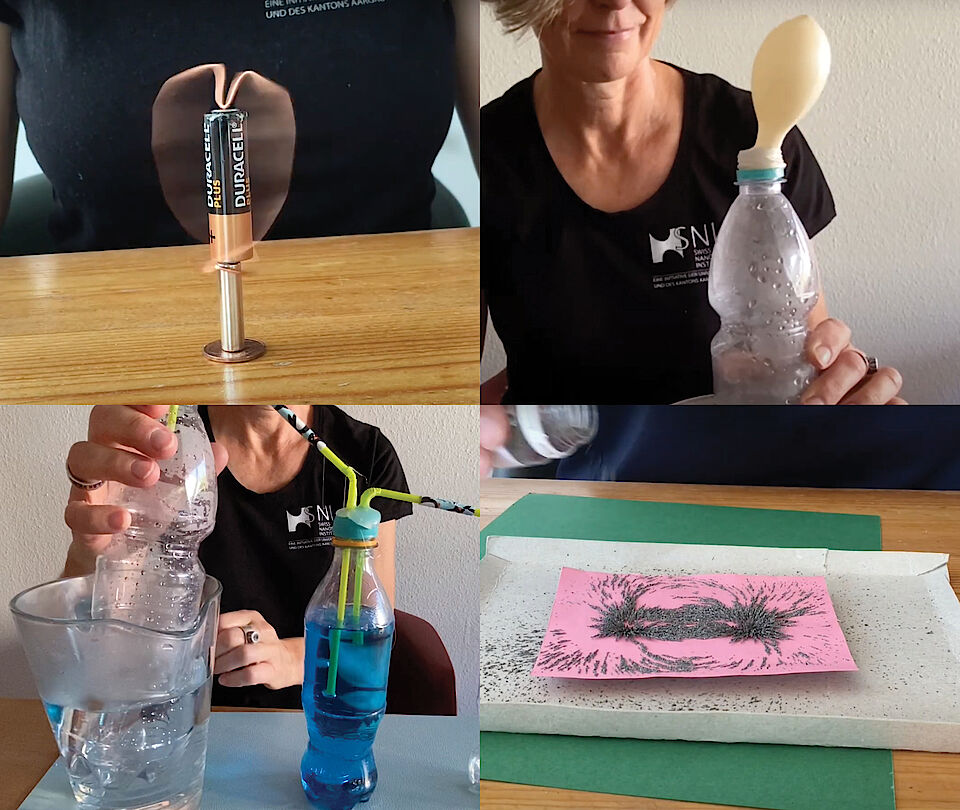Media releases 2020
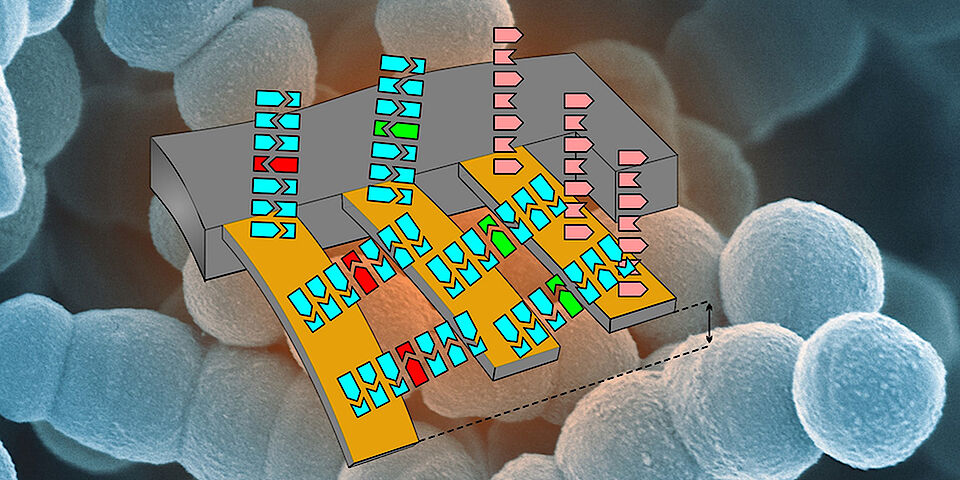
/ News
Quick and sensitive identification of multidrug-resistant germs
Researchers from the University of Basel have developed a sensitive testing system that allows the rapid and reliable detection of resistance in bacteria. The system is based on tiny, functionalized cantilevers that bend due to binding of…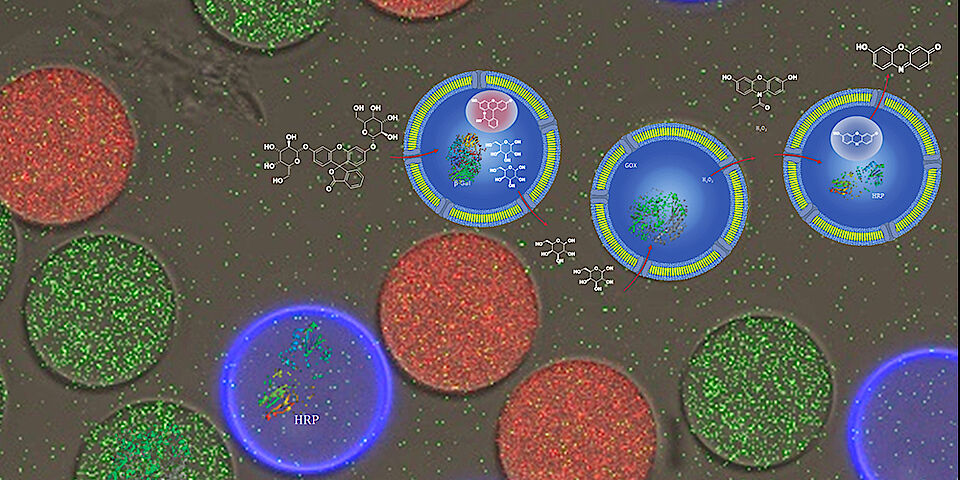
/ News
An artificial cell on a chip
Researchers at the University of Basel have developed a precisely controllable system for mimicking biochemical reaction cascades in cells. Using microfluidic technology, they produce miniature polymeric reaction containers equipped with…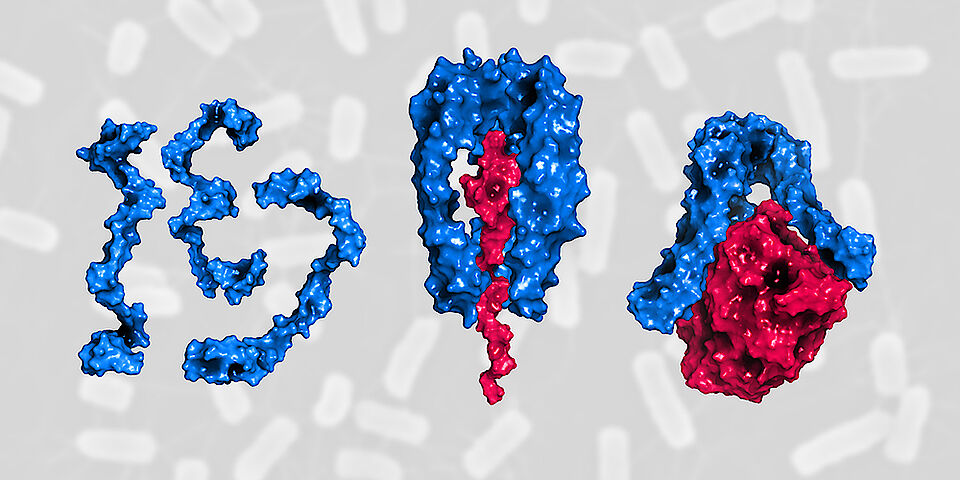
/ News
How bacteria reinforce their protective shield
Researchers at the University of Basel have discovered a new mechanism by which bacteria ensure that their outer cell membrane remains intact and functional even under hostile conditions. This mechanism is important for the pathogen’s…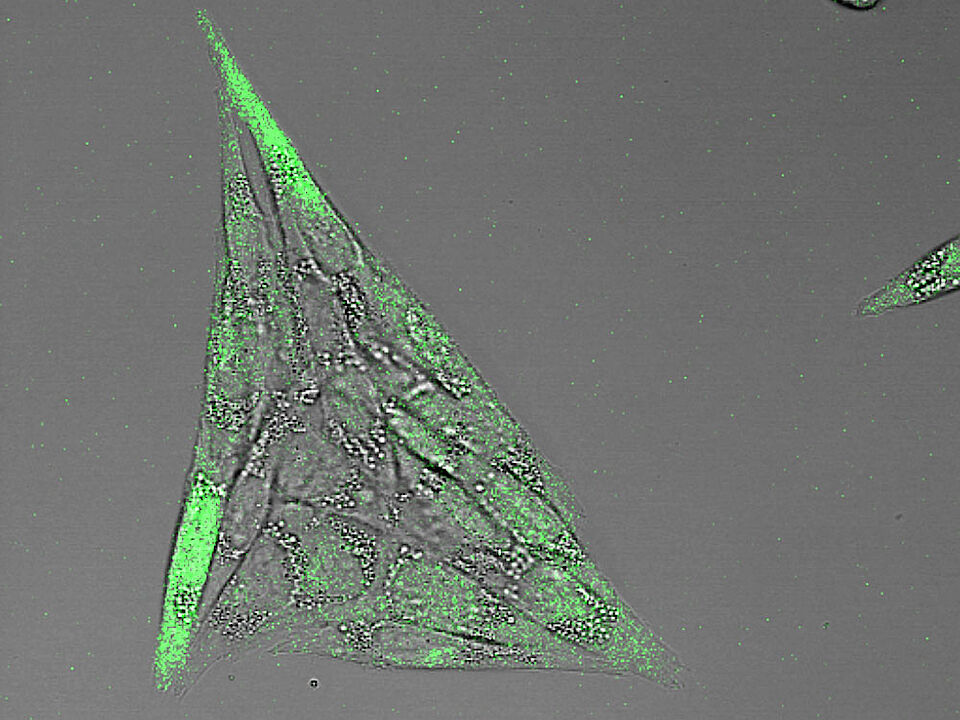
/ News
Bioactive nano-capsules to hijack cell behavior
Many diseases are caused by defects in signaling pathways of body cells. In the future, bioactive nanocapsules could become a valuable tool for medicine to control these pathways. Researchers from the University of Basel have taken an…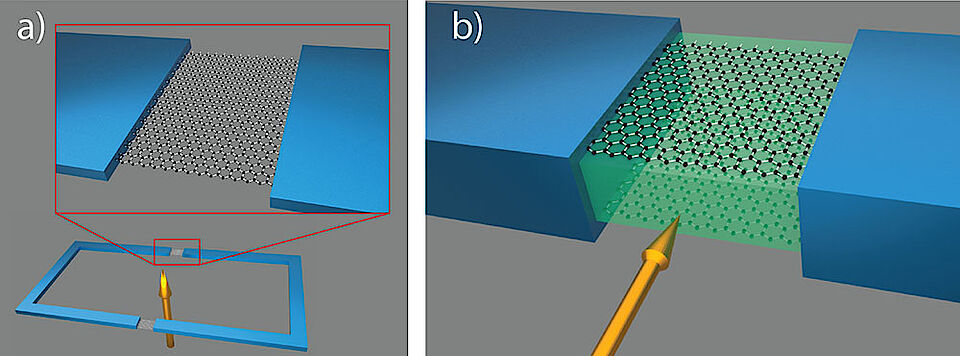
/ News
A tiny instrument to measure the faintest magnetic fields
Physicists at the University of Basel have developed a minuscule instrument able to detect extremely faint magnetic fields. At the heart of the superconducting quantum interference device are two atomically thin layers of graphene, which…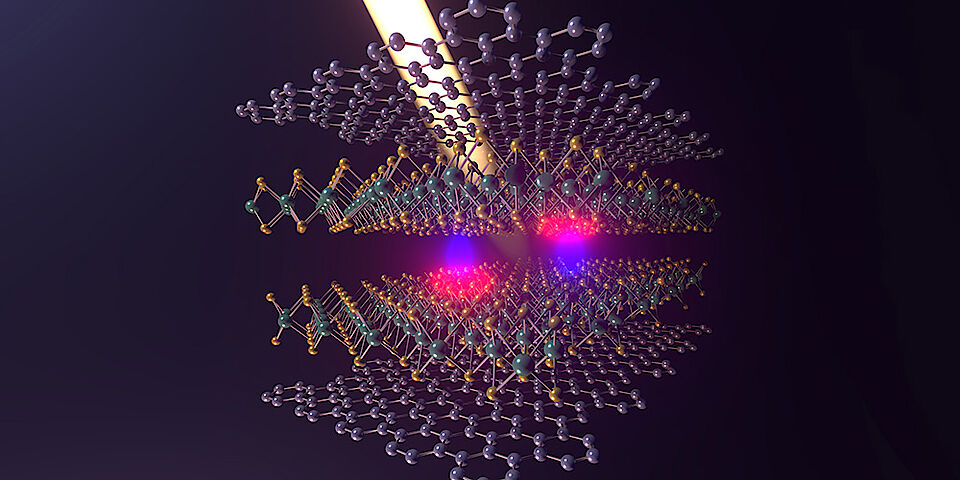
/ News
A highly light-absorbent and tunable material
By layering different two-dimensional materials, physicists at the University of Basel have created a novel structure with the ability to absorb almost all light of a selected wavelength. The achievement relies on a double layer of…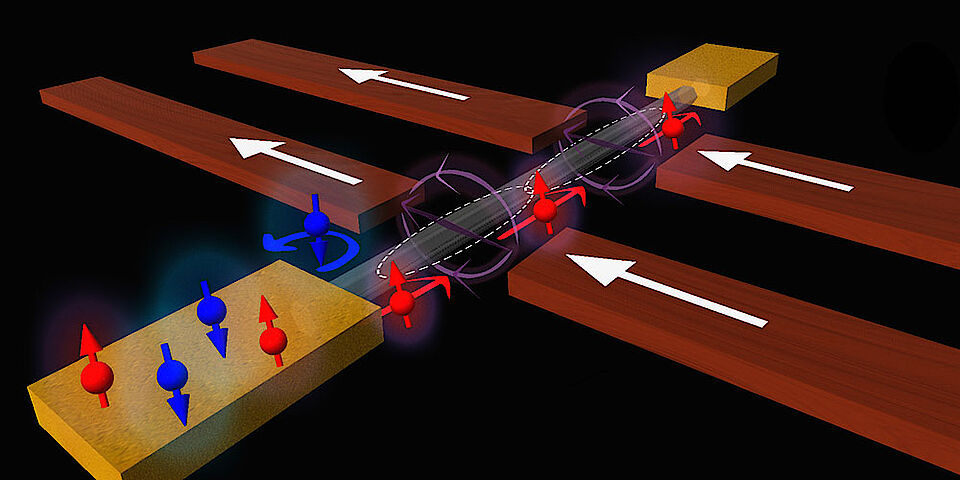
/ News
Efficient valves for electron spins
Researchers at the University of Basel in collaboration with colleagues from Pisa have developed a new concept that uses the electron spin to switch an electrical current. In addition to fundamental research, such spin valves are also the…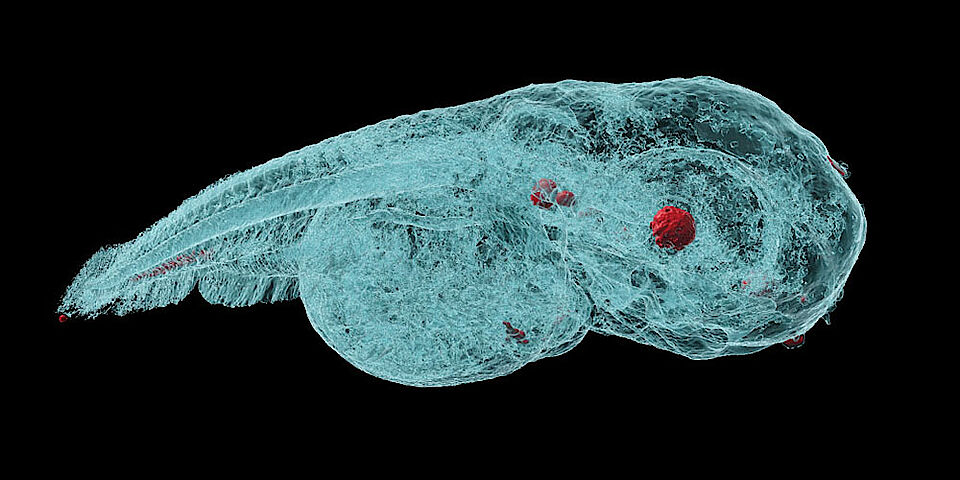
/ News
Tiny fish under a giant camera
Metal-based nanoparticles are a promising tool in medicine – as a contrast agent, transporter of active substances, or to thermally kill tumor cells. Up to now, it has been hardly possible to study their distribution inside an organism.…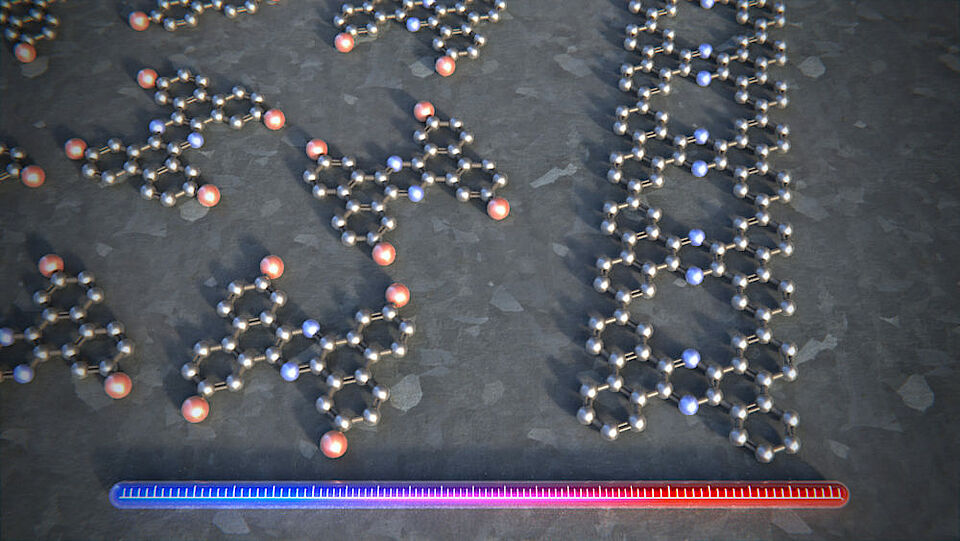
/ News
Porous nitrogen-doped graphene ribbons for future electronics
A team of physicists and chemists has produced the first porous graphene ribbons in which specific carbon atoms in the crystal lattice are replaced with nitrogen atoms. These ribbons have semiconducting properties that make them attractive…